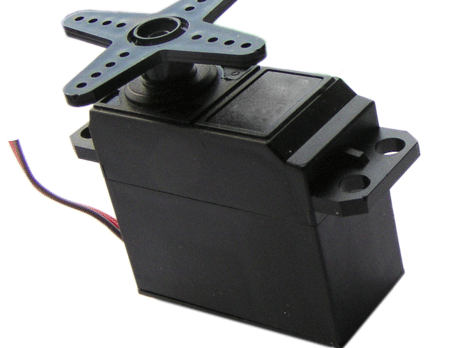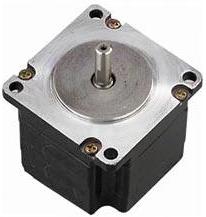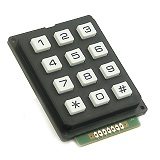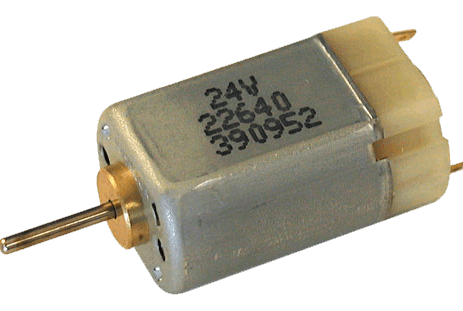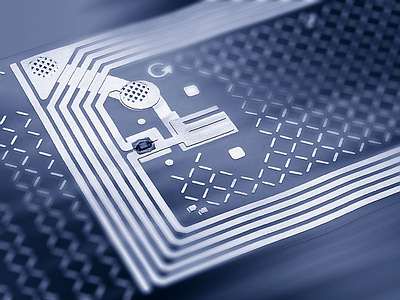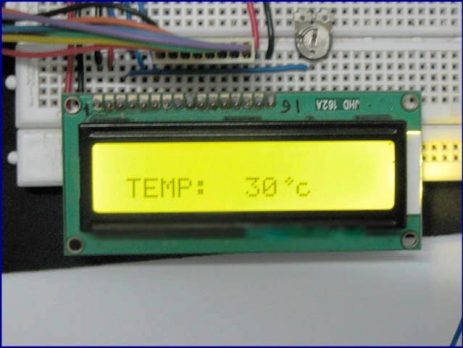Servo Motor
Introduction Servo Motors are ordinary geared down DC Motors equipped with servo mechanism for precise control of angular position. A servomechanism or servo refers to an error sensing negative feedback which is used to correct the performance of a device. Servos are used for precise positioning in robotic arms, legs, RC Aeroplanes, Helicopters etc. Servo Motors do not rotate continuously, their rotation is limited between fixed angles. Usually these motors have rotation limit from 90° to 180° and some special have limit 360° or more. An ordinary...


